In oil, gas, and fluid transportation projects,
SMLS (seamless steel pipe) and
ERW pipe are the two most widely used types of steel pipe. Although both are transportation pipes, they differ significantly in raw material selection, production process, microstructure, and performance, which determine their respective advantages and applications. This article will comprehensively compare the advantages of SML and ERW steel pipes in terms of billet quality, geometric dimensions, standard applicability, physical properties, and price.
1. Billet Quality Comparison
SML steel pipe billets are often made by directly punching round steel during hot rolling, resulting in coarse grains and relatively limited density. ERW steel pipe billets, on the other hand, are made from hot-rolled steel strip, cold-rolled, and then welded. These specialized steel grades undergo rigorous refining processes during the smelting stage, resulting in higher purity. Through treatments such as desulfurization (S), dephosphorization (P), and degassing, the S and P contents can be controlled below 0.005%, and the nitrogen (N) content can be controlled below 0.008%. This significantly reduces the number of inclusions, which are spherical in shape. Furthermore, the C content is controlled below 0.1%, facilitating subsequent welding. These process optimizations make ERW steel pipe billets superior to SML steel pipe in terms of purity and composition control.
2. Geometric Advantages
ERW steel pipe is formed from cold-rolled steel strip, resulting in higher geometric precision. Its wall thickness is uniform, its outer diameter tolerance is small, and its appearance quality is less susceptible to defects. In contrast, SML steel pipe is formed by perforation on a hot rolling mill, making it difficult to avoid variations in wall thickness and ovality. Therefore, ERW steel pipe generally outperforms SML steel pipe in terms of dimensional control and appearance quality, and is more suitable for projects requiring strict consistency between outer diameter and wall thickness.
3. Standard Compatibility
In terms of standard systems, both SML and ERW steel pipes meet the requirements of relevant international and domestic standards.
SML steel pipe: Commonly used for fluid transportation, it complies with the GB8163-87 standard, with specifications ranging from 32 to 630 mm in outer diameter and 2.5 to 75 mm in wall thickness. Steel grades include 10, 20, 09MnV, and 16Mn.
ERW steel pipe: Not only does it meet the API 5L standard (for oil and natural gas pipelines), it also complies with standards such as ISO 3183 and GB/T 9711. It offers a wider range of specifications, including strength grades from A25 to X80.
Thus, ERW steel pipe complies more widely with international standards, especially in long-distance oil and gas pipelines, where its application range significantly exceeds that of SML steel pipe.
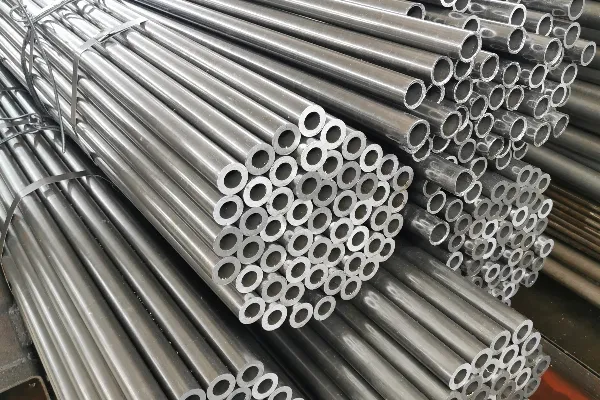
4. Physical Property Comparison
① Chemical Composition
ERW steel pipe is characterized by low carbon and high manganese content, resulting in superior weldability and toughness. SML steel pipe, on the other hand, often adopts a high carbon, low manganese design. While this design offers higher strength, its weldability is inferior to that of ERW steel pipe.
② Mechanical Properties
Tensile Properties: Both meet the requirements of API 5L and GB8163, with comparable overall performance.
Impact Properties: ERW steel pipe exhibits superior toughness at low temperatures, making it suitable for pipeline projects in cold regions.
Flattening Performance: During testing, ERW steel pipe showed no cracks, while some SML steel pipes exhibited microcracks, demonstrating that ERW steel pipe exhibits superior flattening resistance.
③ Appearance and Workmanship Quality
Statistical and physical measurements indicate that ERW steel pipes surpass SML steel pipes in terms of geometric dimensions, surface finish, and process stability.
5. Price and Cost Comparison
Due to the high efficiency and automation level of the production process, the manufacturing cost of ERW steel pipe is significantly lower than that of SML steel pipe. Generally, for the same material, the price per ton of ERW steel pipe is 600 to 800 yuan lower than that of SML steel pipe. For example:
Common steel ERW pipe (such as Q235A/B, SS400), 12-inch, 323.9 x 8mm, costs approximately 3,500 to 3,600 yuan per ton, including tax.
Pipeline steel ERW pipe (such as X42), 12-inch, 323.9 x 8mm, costs approximately 4,000 to 4,100 yuan per ton, including tax.
In comparison, SML pipe of the same specifications is generally more expensive. Therefore, ERW pipe offers a more economical advantage.
6. Application Trends
In recent years, advancements in welding processes and quality inspection technologies have continuously improved the reliability and lifespan of ERW pipe. Countries around the world have gradually adopted ERW pipe in place of SML pipe and spiral welded pipe (SSAW) in oil and gas transmission projects.
Small diameter (≤152mm): SML pipe still offers certain advantages and is suitable for applications with higher pressures and stringent structural integrity requirements.
For large-diameter and long-distance transportation:
ERW steel pipe has become the mainstream choice due to its excellent mechanical properties, cost advantages, and dimensional accuracy.






 English
English Español
Español بالعربية
بالعربية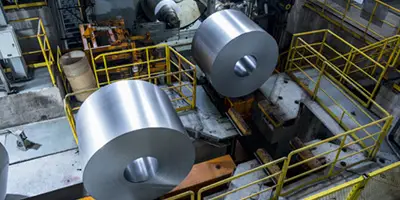
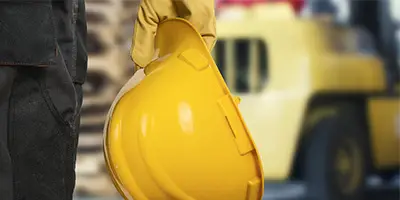
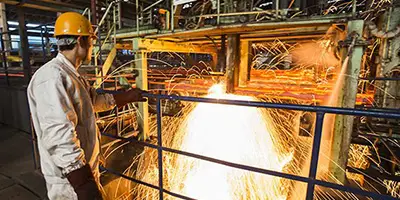
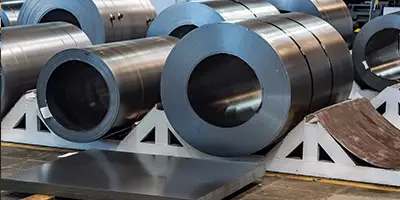

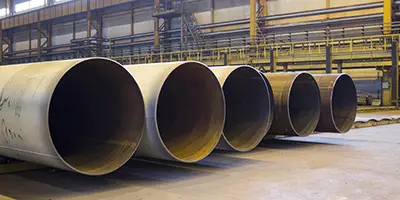
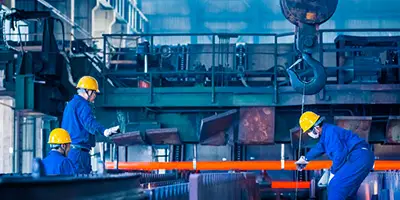
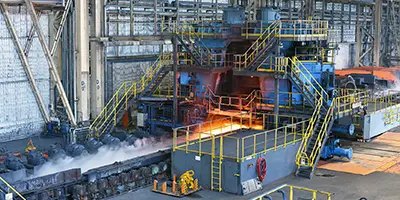
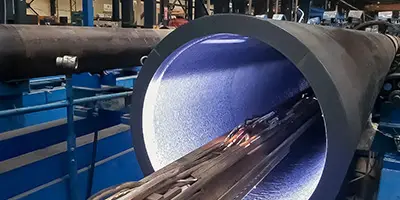
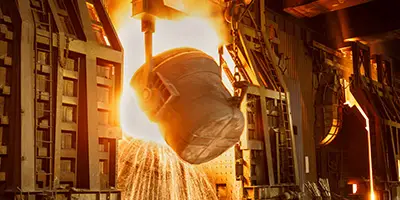
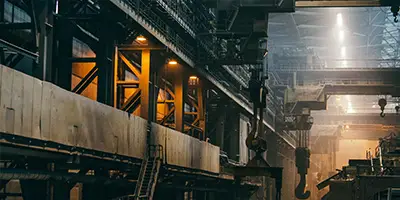

 Phone :
Phone :  Whatsapp :
Whatsapp :  Email :
Email : 


